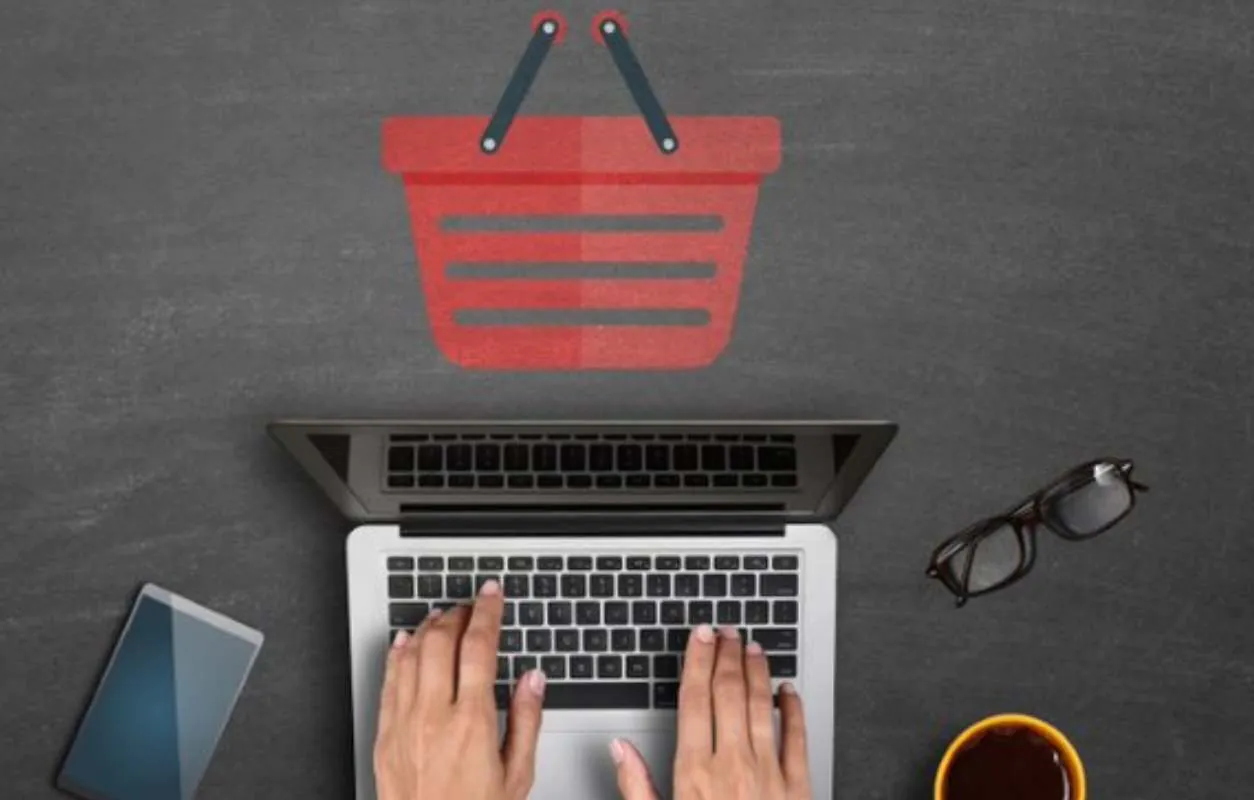Introduction
The metaverse is rapidly transforming the retail sector, offering unprecedented opportunities for innovation and customer engagement. As virtual and augmented reality technologies advance, retailers are creating immersive shopping experiences that blend the physical and digital worlds. From virtual storefronts and interactive product displays to personalized shopping journeys and virtual fashion shows, the metaverse is reshaping how consumers interact with brands. This digital evolution not only enhances customer satisfaction but also opens new avenues for marketing, sales, and customer service, positioning the metaverse as a pivotal force in the future of retail.

Metaverse in the Retail Sector
Virtual Shopping Experiences
The metaverse is revolutionizing online shopping by creating immersive, interactive environments where customers can explore virtual stores, try on products using avatars, and interact with other shoppers and sales associates in real-time. This enhances the overall shopping experience, making it more engaging and personalized.
Real World Example
Nike: Nike has created NIKELAND on Roblox, where users can explore a virtual world, try on digital versions of Nike products, and participate in various sports activities.
IKEA: IKEA’s virtual shopping experience allows customers to explore a 3D version of their store, view products in detail, and even see how furniture would look in their own homes using augmented reality.
Augmented Reality (AR) in Retail
AR technology allows customers to visualize products in their real-world environment before making a purchase. For example, they can see how a piece of furniture would look in their living room or how a pair of shoes would fit. This not only boosts customer confidence but also reduces return rates.
Real World Example
Sephora: Sephora’s Virtual Artist app uses AR to let customers try on makeup virtually. Users can see how different products look on their faces before making a purchase.
IKEA Place: This app allows users to place true-to-scale 3D models of IKEA furniture in their own homes using AR, helping them visualize how the items will fit and look.
Digital Twins of Retail Stores
Retailers are creating digital twins, or virtual replicas, of their physical stores. These digital twins allow customers to navigate and shop in a virtual version of the store, providing a seamless and familiar shopping experience. It also enables retailers to analyze customer behavior and optimize store layouts.
Real World Example
Walmart: Walmart has implemented digital twins of its stores to optimize product placement and inventory management. This helps in predicting demand and improving the overall shopping experience.
Amazon: Amazon uses digital twins to create virtual replicas of their fulfillment centers, allowing for better monitoring and optimization of logistics and operations.
Personalized Shopping in the Metaverse
By leveraging AI and data analytics, retailers can offer highly personalized shopping experiences in the metaverse. This includes tailored product recommendations, customized virtual storefronts, and personalized marketing messages, all based on individual customer preferences and behaviors.
Real World Example
Stitch Fix: Stitch Fix uses AI and machine learning to provide personalized clothing recommendations. Customers fill out a style profile, and the system curates items based on their preferences.
Amazon StyleSnap: This feature allows users to upload photos of outfits they like, and Amazon provides recommendations for similar items available for purchase.
Virtual Fashion Shows and Product Launches
Brands are using the metaverse to host virtual fashion shows and product launches, reaching a global audience without the limitations of physical events. These virtual events can be highly interactive, allowing attendees to purchase products directly from the show and engage with the brand in real-time.
Real World Example
Gucci: Gucci has hosted virtual fashion shows in platforms like Roblox, where users can view and purchase digital versions of their latest collections.
Burberry: Burberry held a virtual fashion show within the game “Badi,” allowing users to experience the new clothing line in an immersive way.
Metaverse Marketplaces
Virtual marketplaces in the metaverse are becoming popular, offering a new platform for buying and selling goods. These marketplaces provide a unique shopping experience, where customers can explore a wide range of products in a virtual environment, often with the added benefit of social interaction and community building.
Real World Example
Decentraland: Decentraland is a virtual world where users can buy, sell, and trade virtual real estate and other digital assets using cryptocurrency.
The Sandbox: The Sandbox is another virtual world where users can create, own, and monetize their gaming experiences and digital assets.
Customer Service in the Metaverse
The metaverse enables enhanced customer support through virtual assistants and avatars. Customers can interact with virtual customer service representatives in real-time, getting immediate assistance and support. This improves customer satisfaction and loyalty.
Real World Example
Walmart: Walmart uses virtual assistants in the metaverse to provide customer support, helping users navigate their virtual stores and answer queries in real-time.
Nike: Nike’s virtual world on Roblox includes customer service avatars that assist users with product information and purchasing decisions.
Blockchain and NFTs in Retail
Blockchain technology and non-fungible tokens (NFTs) are creating unique shopping experiences in the metaverse. NFTs can be used to represent ownership of digital or physical products, providing a secure and transparent way to buy, sell, and trade items. This also opens up new opportunities for limited edition and exclusive products.
Real World Example
Nike: Nike has launched a platform called Cryptokicks, where they use blockchain technology to verify the authenticity of their sneakers. They also offer digital versions of their shoes as NFTs, which can be collected and traded.
Gucci: Gucci has embraced NFTs by creating digital versions of their products. They have released limited-edition NFT collections that include both physical items and their digital counterparts, enhancing the exclusivity and value of their products.
Sustainability and the Metaverse
Virtual retail can contribute to more sustainable business practices by reducing the need for physical stores and minimizing waste. For example, virtual try-ons can reduce the number of returns, and digital products can eliminate the need for physical manufacturing and shipping.
Real World Example
Nokia: Nokia has highlighted the sustainability benefits of the metaverse in industrial applications. By using virtual simulations and digital twins, companies can reduce waste, save energy, and optimize resource usage, contributing to more sustainable practices
Hong Kong University of Science and Technology: They have launched a twin-campus metaverse project that replicates physical campuses. This initiative reduces the need for physical travel, thereby lowering carbon emissions and promoting sustainable education practices.
Challenges
As the metaverse continues to evolve, retailers face several significant challenges. Addressing these hurdles is crucial for successful integration and user engagement.
-
 Tech BarriersHigh costs and technical complexity of developing and maintaining metaverse platforms can be prohibitive for many retailers.
Tech BarriersHigh costs and technical complexity of developing and maintaining metaverse platforms can be prohibitive for many retailers. -
 Data PrivacyEnsuring the security and privacy of user data in the metaverse is a significant concern, requiring robust cybersecurity measures.
Data PrivacyEnsuring the security and privacy of user data in the metaverse is a significant concern, requiring robust cybersecurity measures. -
User AdoptionConvincing consumers to adopt and regularly use metaverse platforms can be challenging, especially for those less tech-savvy.
-
 Investment NeedsSignificant financial investment is required to build and sustain metaverse experiences, which can be a barrier for smaller retailers.
Investment NeedsSignificant financial investment is required to build and sustain metaverse experiences, which can be a barrier for smaller retailers.
Regulations Affecting the Metaverse in the Retail Sector
Understanding the evolving regulations is vital for retailers in the metaverse. These rules impact everything from consumer privacy to digital transactions.
Data Privacy
Ensuring user data protection is crucial. Regulations like GDPR mandate strict data handling and consent protocols in virtual environments.
Cybersecurity
Retailers must comply with cybersecurity laws to protect against data breaches and fraud, ensuring safe transactions in the metaverse.
Consumer Rights
Laws ensure that virtual goods and services meet quality standards, and customers have rights to refunds and dispute resolution.
Intellectual Property
Laws ensure that virtual goods and services meet quality standards, and customers have rights to refunds and dispute resolution.
Conclusion
The future of the metaverse in the retail sector is poised to revolutionize how consumers shop and interact with brands. Current technologies like AR and VR are already enhancing shopping experiences. For instance, Sephora’s Virtual Artist app allows customers to try on makeup virtually, while IKEA Place lets users visualize furniture in their homes using AR. Looking ahead, advancements in AI and data analytics will enable even more personalized shopping experiences, tailoring recommendations and virtual storefronts to individual preferences. Blockchain and NFTs are also set to play a significant role, with brands like Nike and Gucci offering digital collectibles and verifying product authenticity through blockchain. As these technologies evolve, the metaverse will create immersive, interactive, and highly personalized retail environments, transforming the traditional shopping landscape into a dynamic digital experience.


